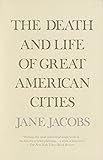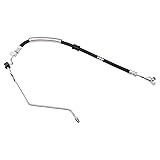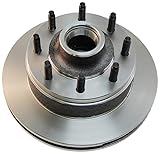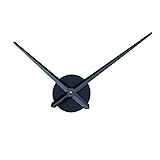All Categories
The Geography of Nowhere: The Rise and Decline of America's Man-Made Landscape
Share Tweet
*Price and Stocks may change without prior notice
*Packaging of actual item may differ from photo shown
- Electrical items MAY be 110 volts.
- 7 Day Return Policy
- All products are genuine and original








About The Geography Of Nowhere: The Rise And Decline Of
Product Description The Geography of Nowhere traces America's evolution from a nation of Main Streets and coherent communities to a land where every place is like no place in particular, where the cities are dead zones and the countryside is a wasteland of cartoon architecture and parking lots. In elegant and often hilarious prose, Kunstler depicts our nation's evolution from the Pilgrim settlements to the modern auto suburb in all its ghastliness. The Geography of Nowhere tallies up the huge economic, social, and spiritual costs that America is paying for its car-crazed lifestyle. It is also a wake-up call for citizens to reinvent the places where we live and work, to build communities that are once again worthy of our affection. Kunstler proposes that by reviving civic art and civic life, we will rediscover public virtue and a new vision of the common good. "The future will require us to build better places," Kunstler says, "or the future will belong to other people in other societies." Review Robert Taylor Boston Globe A wonderfully entertaining useful and provocative account of the American environment by the auto, suburban developers, purblind zoning and corporate pirates. Bill McKibben author of The End of Nature A Funny, Angry, Colossally Important Tour of Our Built Landscape, Our Human Ecology. The New Yorker A serious attempt to point out ways future builders can avoid the errors that have marred the American landscape. James G. Garrison The Christian Science Monitor Contributes to a discussion our society must hold if we are to shape our world as it continues to change at a dizzying pace. Michiko Kakutani The New York Times Provocative and entertaining. About the Author James Howard Kunstler is the author of eight novels. He has worked as a newspaper reporter and an editor for Rolling Stone, and is a frequent contributor to The New York Times Sunday Magazine. He lives in upstate New York. Excerpt. © Reprinted by permission. All rights reserved. Chapter 1 SCARY PLACES There is a marvelous moment in the hit movie Who Framed Roger Rabbit? that sums up our present national predicament very nicely. The story is set in Los Angeles in 1947. The scene is a dreary warehouse, headquarters of the villain, Judge Doom, a cartoon character masquerading as a human being. The hallucinatory plot hinges on Judge Doom's evil scheme to sell off the city's streetcar system and to create just such a futuristic car-crazed society as Americans actually live and work in today. "It's a construction plan of epic proportions," he intones. "They're calling it [portentous pause] a freeway! Eight lanes of shimmering cement running from here to Pasadena! I see a place where people get on and off the freeway, off and on, off and on, all day and all night....I see a street of gas stations, inexpensive motels, restaurants that serve rapidly prepared food, tire salons, automobile dealerships, and wonderful, wonderful billboards as far as the eye can see. My god, it'll be beautiful!" In short order, Judge Doom is unmasked for the nonhuman scoundrel he is, dissolved by a blast of caustic chemical, and flushed into the Los Angeles sewer system, while the rest of the cute little cartoon creatures hippity-hop happily into the artificial sunset. "That lamebrain freeway idea could only be cooked up by a 'toon," comments the movie's gumshoe hero, Eddie Valiant, afterward. The audience sadly knows better. In the real world, Judge Doom's vision has prevailed and we are stuck with it. Yet the movie's central metaphor -- that our civilization has been undone by an evil cartoon ethos -- could not be more pertinent, for more and more we appear to be a nation of overfed clowns living in a hostile cartoon environment. Thirty years ago, Lewis Mumford said of post-World II development, "the end product is an encapsulated life, spent more and more either in a motor car or within the cabin of darkness before a television set." The whole wicked, sprawling















![VINEVIDA [32 Fl Oz] Lavender Fragrance Oil for Cold](https://images-na.ssl-images-amazon.com/images/I/61rO9WBh-XL._SL160_.jpg)












